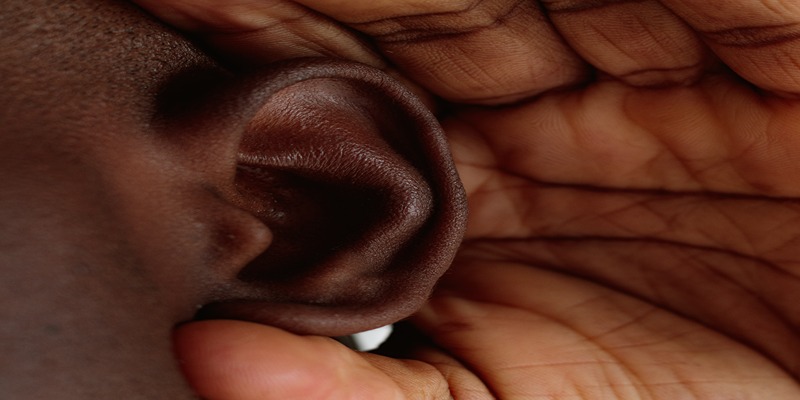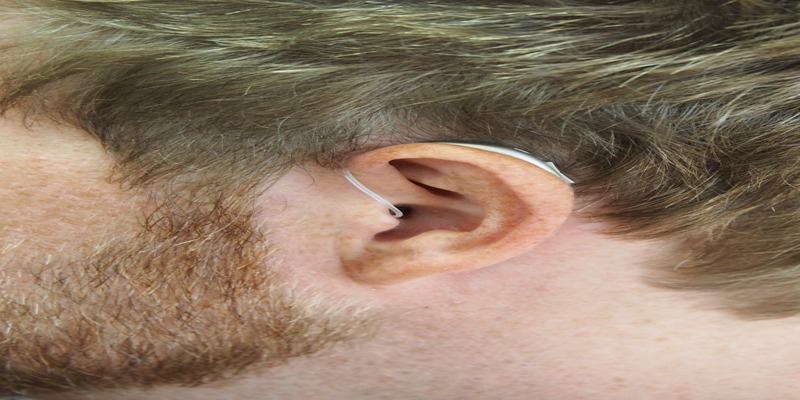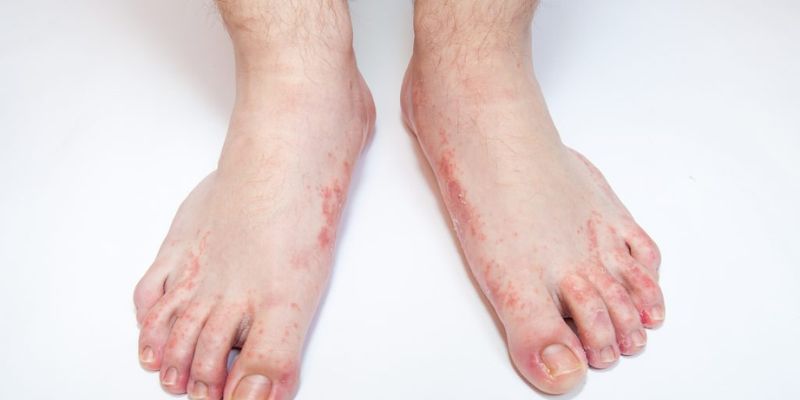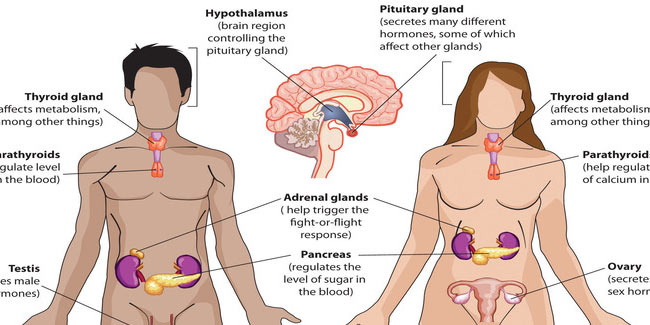Obtaining a comprehensive understanding of the symptoms and obtaining an accurate diagnosis are crucial when one has concerns about a ruptured eardrum. The presence of pain, atypical discharge, and auditory impairments may be indicative of an underlying medical condition. A prompt medical assistance is of utmost importance. This article provides comprehensive information on the symptoms, diagnosis, and various treatment choices.

The Pertinence of Eardrum Health
The eardrum plays a crucial role in maintaining both one's overall well-being and auditory function. The cochlear structure, located inside the inner ear, exhibits vibratory behavior when stimulated by auditory stimuli. The interpretation of sounds is facilitated by the presence of vibrations. The occurrence of a ruptured eardrum may lead to auditory impairment and can give rise to complications such as infections. Preserving auditory health encompasses more than the avoidance of high decibel levels; it is a crucial facet of sustaining one's general well-being. If the eardrums sustain injury, it is possible for both balance and concentration to be adversely affected. The issue at hand seems to be more complex and significant than a mere auditory ailment.
Ruptured Eardrum Signs You Shouldn't Overlook
Ear Pain and Discomfort
It is essential not to disregard acute or persistent ear ache. The presence of a lacerated tympanic membrane often serves as the apparent etiology for the aforementioned discomfort. The level of discomfort may rapidly escalate to a state of extreme agony, as opposed to a mild irritation. Prompt medical intervention is necessary in the event of a ruptured or damaged tympanic membrane. The delay in seeking treatment may lead to further adverse consequences, including the occurrence of repeated infections or potential impairment of auditory function.
Drainage Issues
The observation of fluid emanating from the ear canal is indicative of an unfavorable sign, regardless of whether the discharge is transparent or sanguineous in nature. The occurrence of discharge is commonly associated with a torn or damaged eardrum. Seeing this issue not only causes discomfort but also indicates a serious medical situation. In this case it is crucial to seek medical advice to start appropriate and timely treatment.
Hearing Loss or Changes
If someone is having trouble hearing it could be a sign that their eardrum might be damaged. When sounds seem away or less clear than usual it's likely that the eardrum has been affected in some way. Hearing loss is often a symptom when the eardrum gets torn or injured. It's important to seek help soon as possible because delaying it could make the situation worse. So taking action is crucial, for the best possible results.
Peculiar Noises
If you experience hearing sounds like whistling or faint clicking coming from your ear it could be a sign of a problem with the eardrum. These noises don't seem random and may indicate a serious condition, like a ruptured eardrum. The presence of these atypical auditory stimuli necessitates expeditious medical intervention in order to ascertain the underlying etiology and initiate suitable therapeutic measures.

Uncommon Sensations
Another indication of concern arises when individuals experience unusual feelings, such as sensations of pressure or disorientation, inside the confines of their auditory canal. These feelings often serve as an indication of potential injury to the tympanic membrane. Instead of dismissing them as temporary phenomena, it is crucial to acknowledge the potential significance of these patterns. Prompt medical attention is necessary in order to evaluate the extent of the damage and implement suitable measures to mitigate further deterioration.
Eardrum Diagnosis: Steps for Accurate Detection
To ensure precise identification of tympanic membrane issues and subsequent implementation of efficacious treatment, a comprehensive and sequential approach is required. Initially, a consultation is conducted, followed by an otoscopic examination, and subsequently, other diagnostic procedures may be suggested to ascertain an exact evaluation of the condition of the eardrum. The many elements of this diagnostic process each have their own importance in comprehensively assessing the patient's overall auditory well-being.
Initial Medical Consultation
The diagnostic process often starts with a concise conversation with a healthcare practitioner. During this stage, the physician will endeavor to get comprehensive information on your health by inquiring about the timing, duration, and nature of the symptoms you have been encountering. Additionally, other factors such as illness or auditory impairment may be explored throughout the investigation process. Through the collection of background data, it is possible to reduce the range of potential underlying disorders, therefore enabling more accurate diagnostic endeavors.
Otoscopic Examination
The otoscope, a specialized instrument used for visual examination of the auditory canal, is an essential component in the diagnostic procedure. Enhanced visual clarity inside the ear enables clinicians to more effectively assess the condition of the tympanic membrane, identify perforations, and accurately diagnose problems such as infections and blockages. Consequently, the otoscope assumes significant importance not only due to its primary observational use but also as a vital component for further diagnostic conjecture.
Additional Tests
Following the completion of the otoscopic examination, healthcare practitioners may propose further diagnostic tests in order to validate or refute their original hypotheses. Techniques such as tympanometry and acoustic reflectometry provide comprehensive insights into the functioning of the tympanic membrane. Acoustic reflectometry is a method used to assess the extent of sound reflection from the eardrum, whereas tympanometry is a technique used to quantify the displacement of the tympanic membrane in response to variations in air pressure. These examinations might potentially validate a diagnosis and provide additional insights for formulating a focused therapy approach.
Taking Action: When Eardrum Conditions Become Serious
The Necessity for Timely Medical Intervention
Delaying seeking medical attention for a painful eardrum may lead to severe consequences, such as enduring hearing impairment and heightened susceptibility to infections. Seeking prompt medical assistance not only enhances the probability of identifying and treating the underlying cause, but also diminishes the possibility of exacerbating the issue. However, the probability of sustaining lasting harm is directly correlated with the length of time it takes for assistance to be provided.
Treatment Modalities
The treatment options for ruptured eardrums vary based on the severity and etiology of the condition. In the majority of cases, antibiotics are often used as the primary therapeutic approach for bacterial infections. However, in instances of significant severity, the tympanic membrane may need surgical intervention in the form of tympanoplasty for healing. The objective of these treatment regimens include not alone the alleviation of symptoms, but also the avoidance of enduring auditory impairment.
Preventative Measures
Maintaining a vigilant approach to preventive maintenance of the auditory system is crucial for reducing the likelihood of future ruptures or injuries. The potential risk may be significantly reduced by maintaining the decibel level within an acceptable range when subjected to auditory stimuli and by the use of earplugs during activities involving high levels of noise. Frequently, medical professionals possess the ability to identify emerging issues prior to their escalation into severe conditions, owing to the regularity of these routine examinations.
Conclusion
When it comes to auditory well-being, it is crucial to diligently observe the diverse array of symptoms that may indicate the presence of a ruptured tympanic membrane. Prompt medical assistance is necessary for those with ear disorders, which may manifest as pain, discharge, or alterations in hearing. Seeking prompt medical assistance may significantly enhance the likelihood of mitigating enduring repercussions, such as auditory impairment and recurrent infections. This article has provided a detailed guide for detecting these indications and implementing the required measures for timely and effective treatment.












